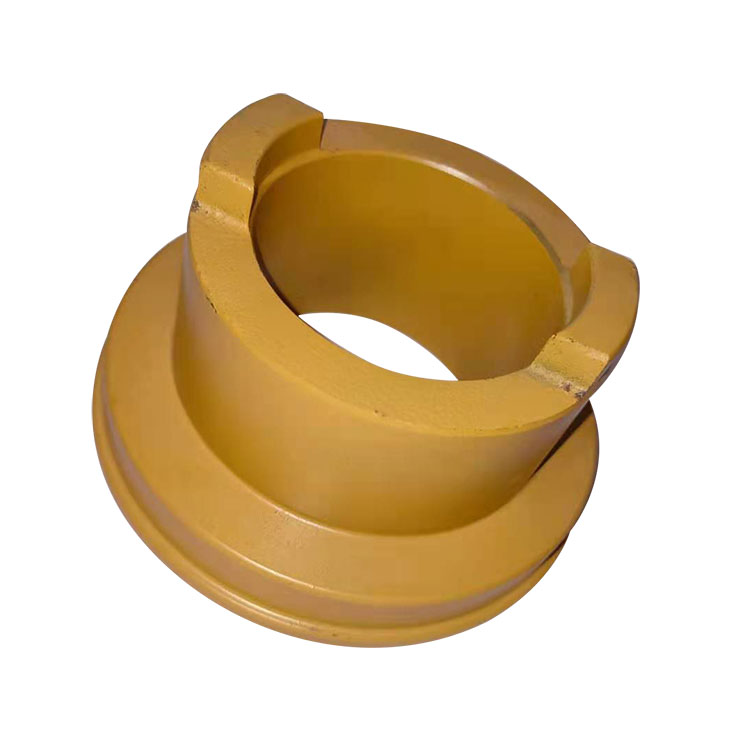How do you determine the appropriate size and dimensions of a steel bushing for a particular mechanical application?
2023-10-16
Determining the appropriate size and dimensions of a steel bushing for a particular mechanical application involves considering various factors to ensure proper fit, functionality, and performance. Here are the steps to determine the right size and dimensions for a steel bushing:
1. Identify the Application Requirements:
- Understand the specific requirements of the mechanical application, including load capacity, speed, temperature range, and environmental conditions.
2. Measure the Shaft and Housing:
- Measure the dimensions of the shaft (inner diameter) and the housing (outer diameter) where the bushing will be installed. These measurements will determine the size of the bushing needed.
3. Calculate the Clearance:
- Determine the desired clearance between the bushing's inner diameter and the shaft's outer diameter. The clearance should allow for smooth movement while preventing excessive play or binding.
4. Select the Bushing Material:
- Choose the appropriate steel material based on factors such as load capacity, wear resistance, and corrosion resistance required for the application.
5. Consider Load and Speed Ratings:
- Check the load and speed ratings of the selected steel bushing to ensure it can handle the expected forces and speeds in the application.
6. Choose the Bushing Type:
- Decide on the type of bushing needed, such as sleeve, flanged, or thrust bushing, based on the specific design requirements and mounting conditions.
7. Determine Lubrication Requirements:
- Consider the lubrication needs of the application. Some steel bushings may require periodic lubrication for smooth operation and reduced wear.
8. Consult Manufacturers' Catalogs and Resources:
- Refer to manufacturers' catalogs and engineering resources to find steel bushings that match the required size, material, and specifications for the application.
9. Check Tolerance and Fit:
- Ensure that the selected bushing's tolerance and fit are compatible with the mating components (shaft and housing). Proper clearance and interference fits are critical for optimal performance.
10. Verify Load and Stress Analysis:
- Conduct load and stress analysis of the bushing to ensure it can handle the applied forces without exceeding its material limits.
11. Consider Operating Conditions:
- Consider any specific operating conditions, such as temperature variations or exposure to chemicals, to ensure the chosen steel bushing can withstand these conditions.
12. Seek Professional Advice:
- If necessary, consult with engineering experts or bushing manufacturers for guidance and recommendations on selecting the appropriate size and dimensions for the steel bushing.
Remember that selecting the right size and dimensions for a steel bushing is crucial for the overall performance and longevity of the mechanical system. Properly sized and installed bushings contribute to smooth operation, reduced wear, and extended equipment life. Therefore, taking the time to carefully evaluate and choose the right steel bushing for the application is essential.



